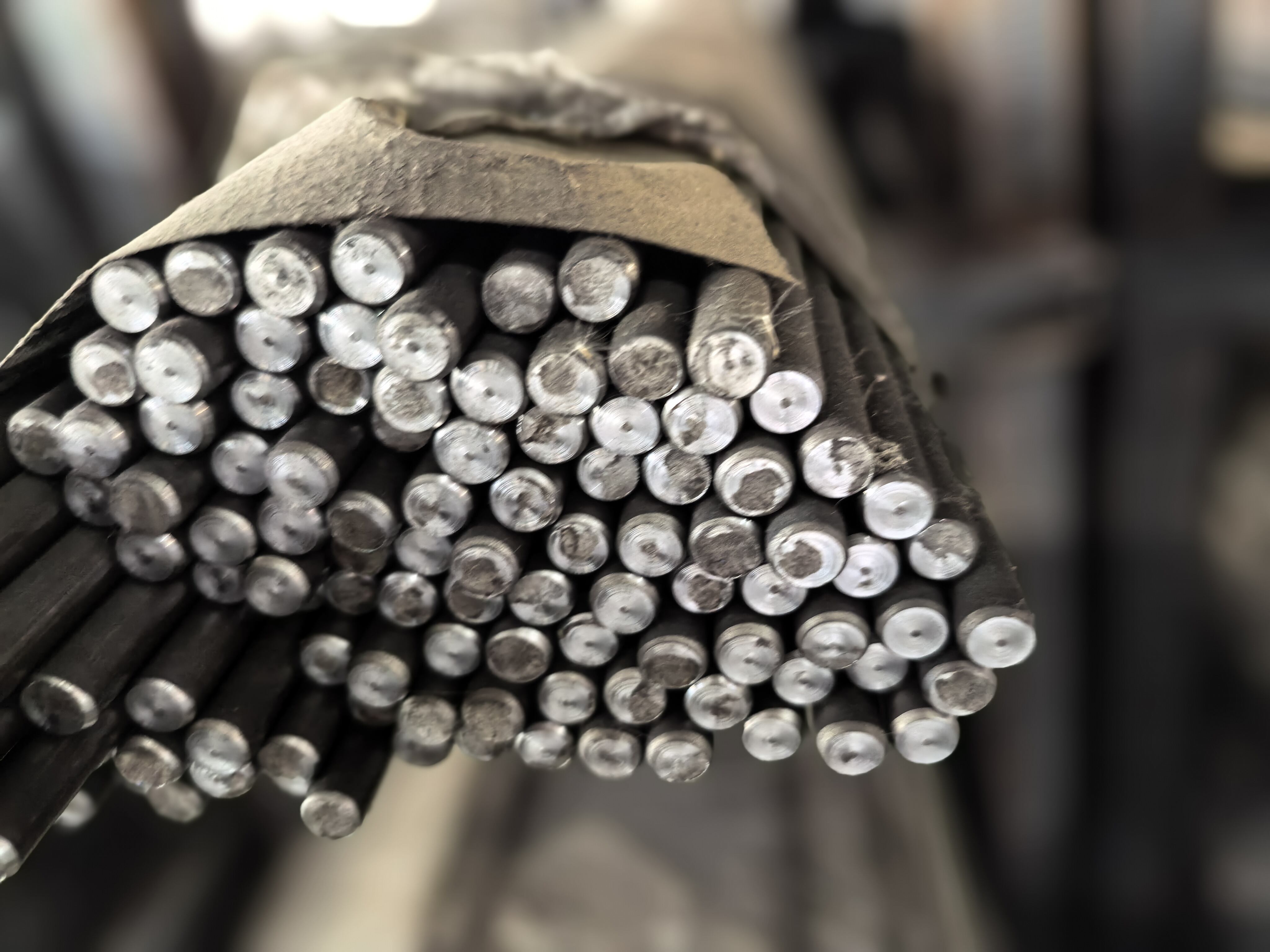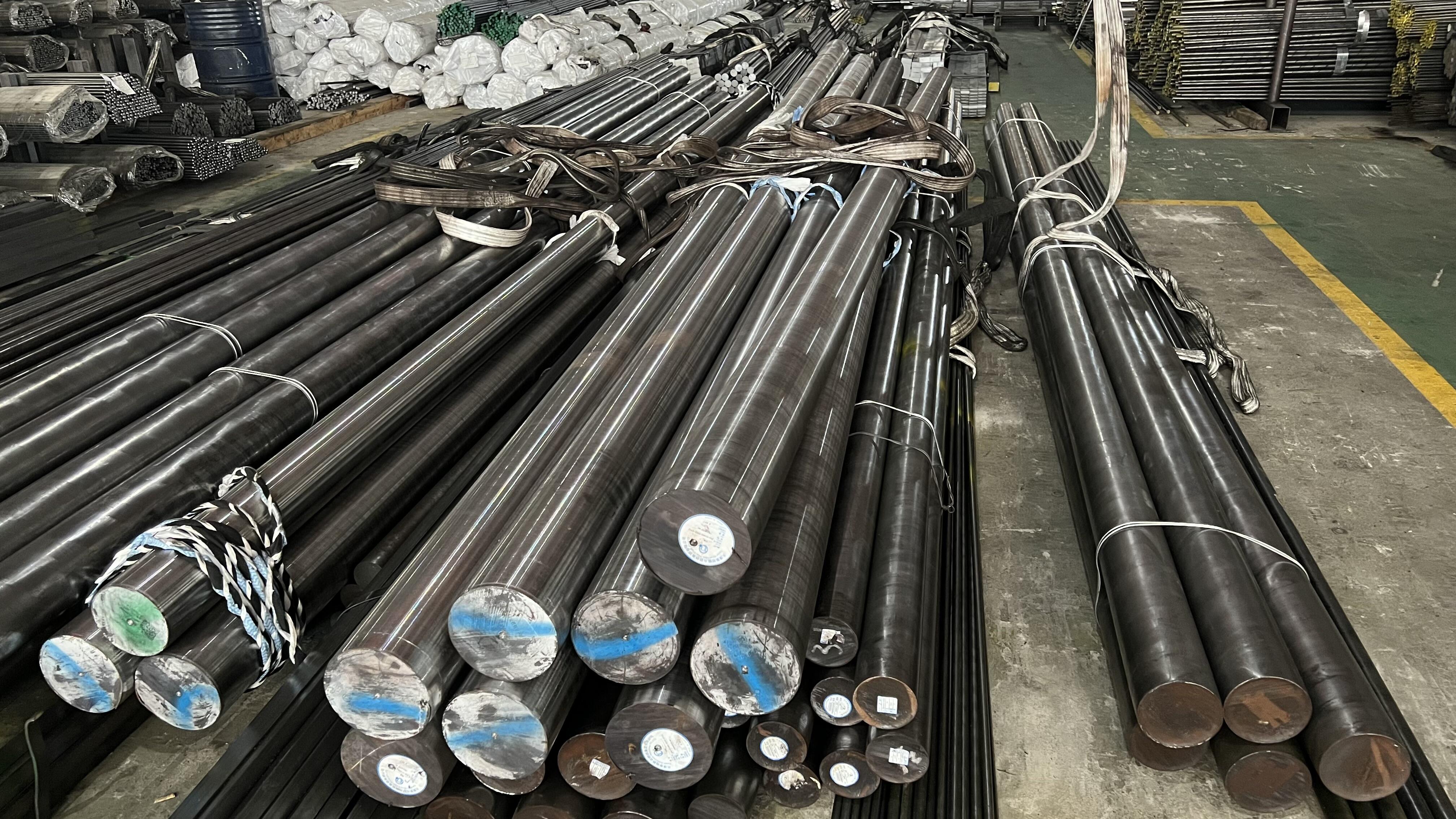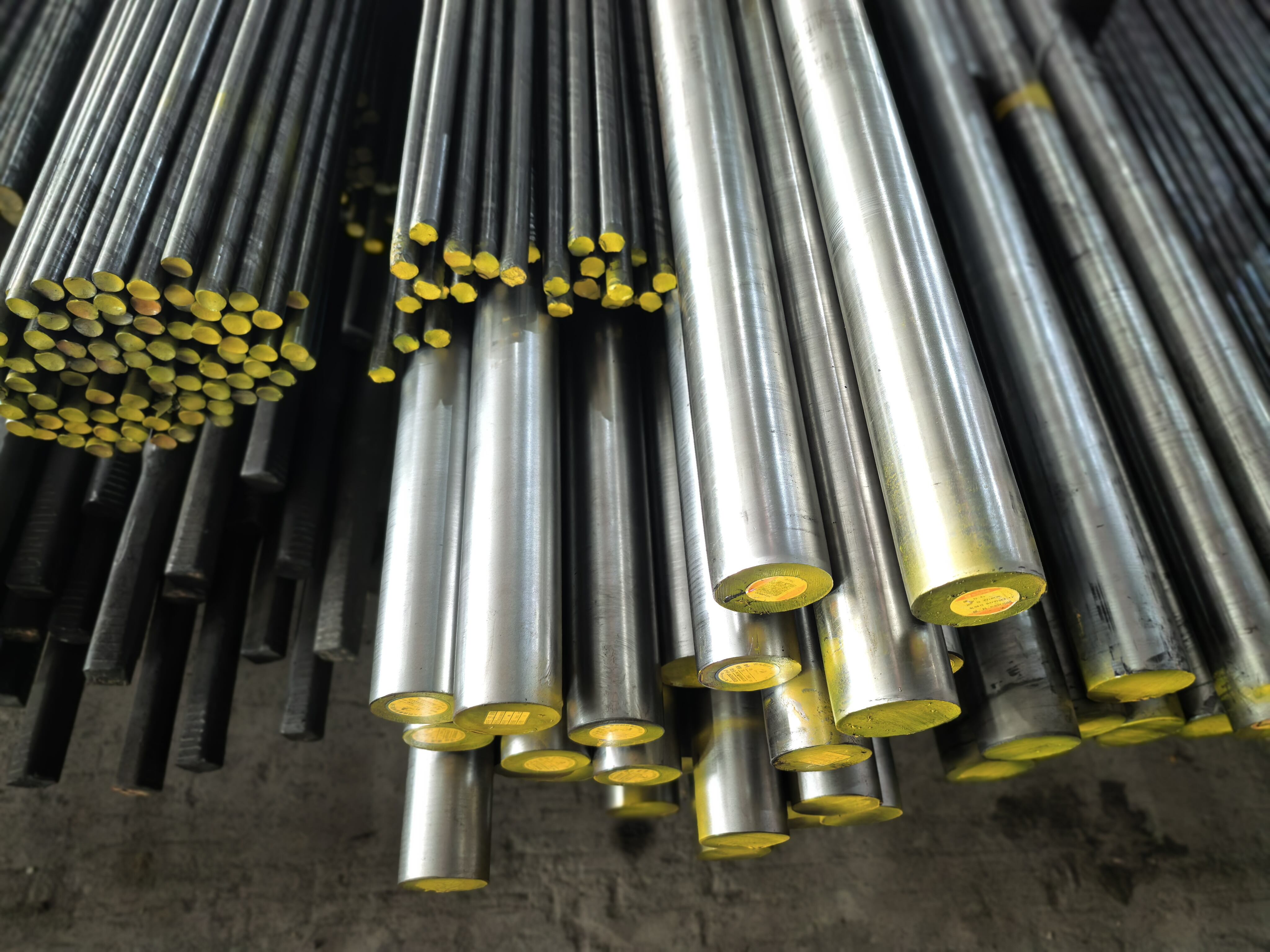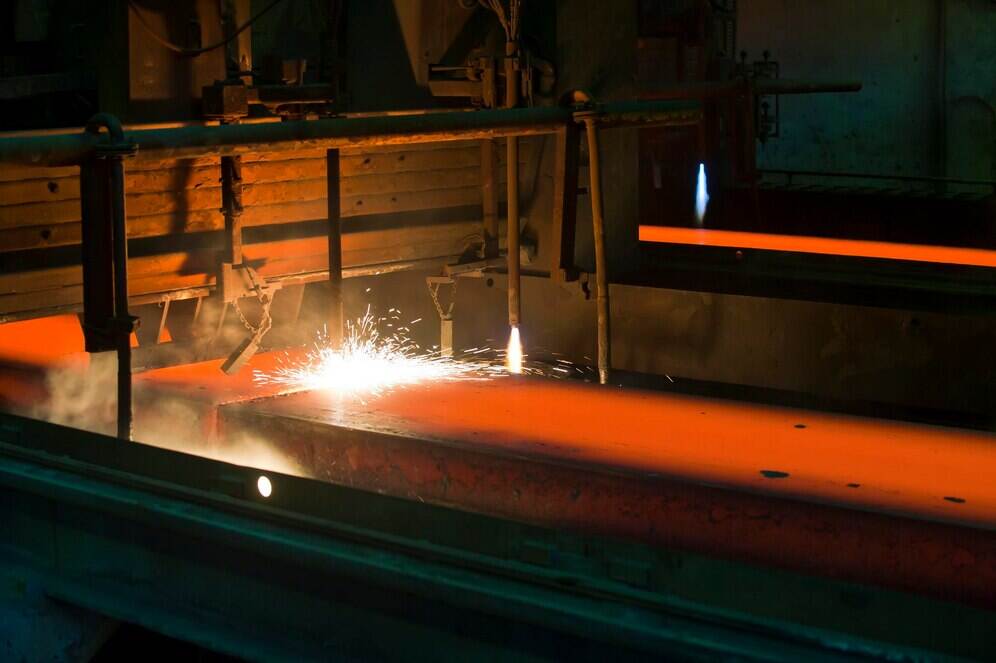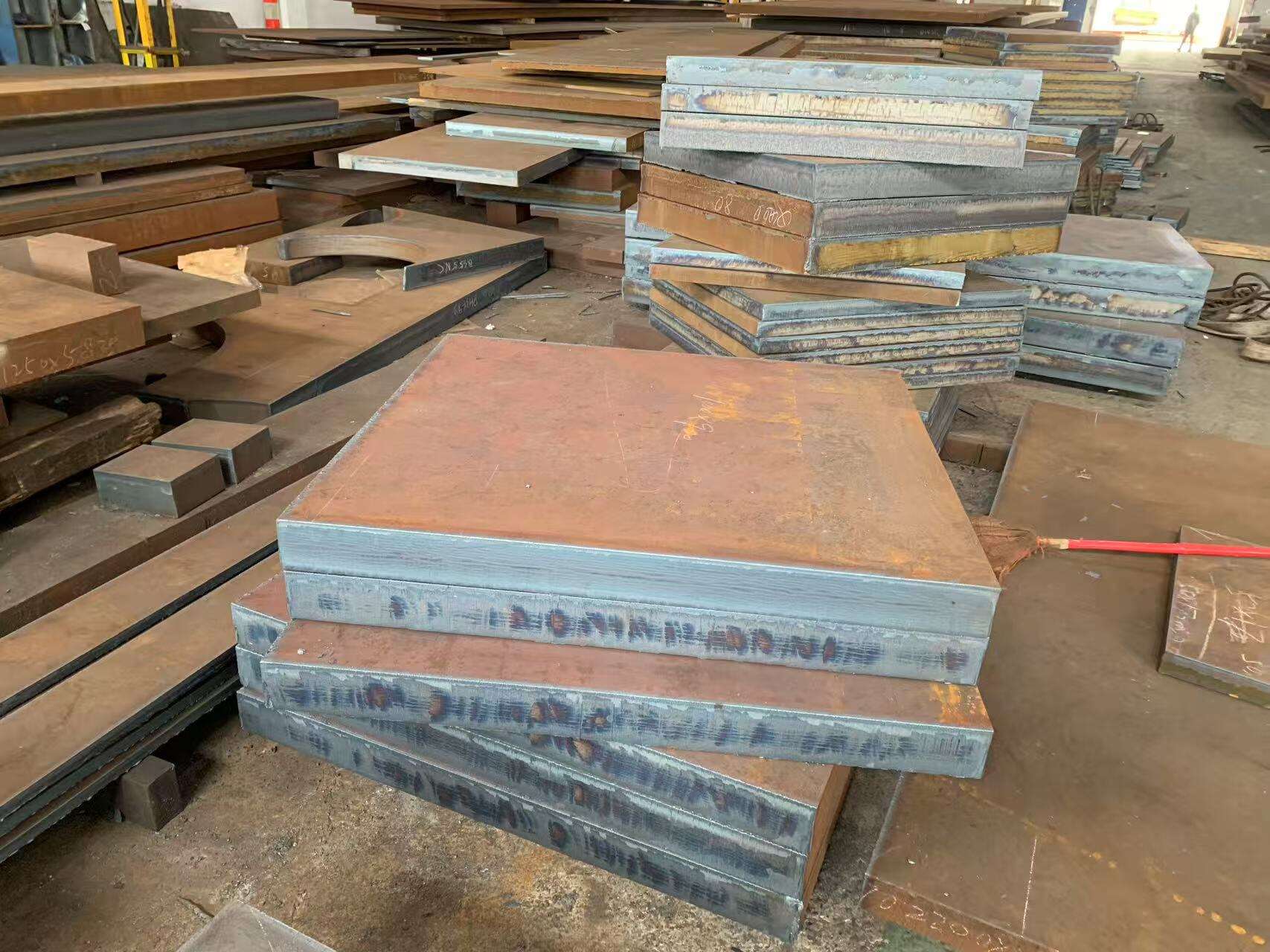Long-Term Economic Benefits and Lifecycle Value
The economic advantages of weathering steel grades extend far beyond initial material costs, delivering exceptional lifecycle value through reduced maintenance requirements, extended service life, and minimized operational disruptions throughout the structure's operational period. Comprehensive lifecycle cost analysis demonstrates that weathering steel grades typically provide return on investment within five to seven years compared to conventional painted steel alternatives, with savings accelerating dramatically over longer time horizons. The elimination of painting and recoating cycles associated with weathering steel grades removes major expense categories including surface preparation, primer application, finish coating, and associated labor costs that can represent significant budget items over a structure's service life. Maintenance scheduling flexibility represents a substantial operational advantage of weathering steel grades, as structures require no predetermined maintenance intervals, allowing facility managers to allocate resources more effectively without weather-dependent coating application constraints. The reduced insurance and liability exposure associated with weathering steel grades stems from their elimination of high-elevation maintenance work, chemical storage requirements, and environmental compliance issues related to coating application and removal procedures. Construction project timelines benefit significantly from weathering steel grades since contractors can complete installation immediately without waiting periods for paint curing, weather windows for coating application, or specialized surface preparation procedures. The resale and salvage value of structures built with weathering steel grades typically exceeds painted alternatives due to the absence of hazardous paint removal requirements and the recyclable nature of the clean steel material at end-of-life. Quality control and warranty advantages of weathering steel grades include predictable performance characteristics, standardized material properties, and manufacturer warranties that cover corrosion resistance performance over extended periods. The economic impact of weathering steel grades becomes particularly pronounced in challenging environments such as coastal regions, industrial areas, or remote locations where traditional maintenance operations require specialized equipment, extended crew mobilization, and complex logistical support systems that multiply conventional maintenance costs.






